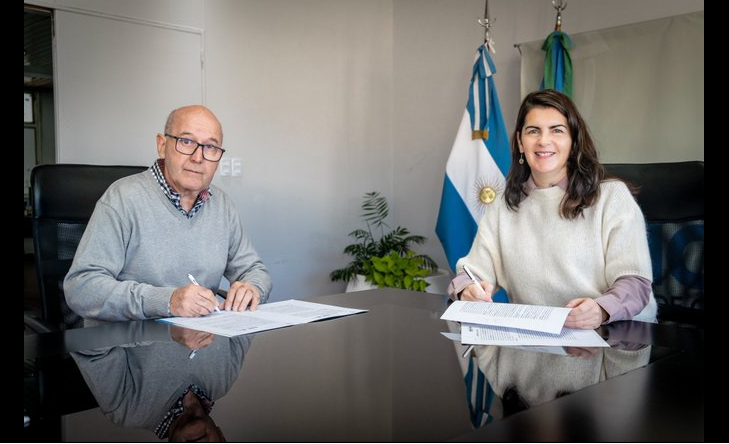MADRID, 3 (EUROPA PRESS)
By trapping light in tiny gold cracks, researchers have persuaded molecules to turn invisible infrared into visible light, creating new low-cost detectors.
It is difficult to detect light beyond the visible red range of our eyes, because infrared light carries very little energy compared to ambient heat at room temperature. This obscures infrared light unless specialized detectors are cooled to very low temperatures, which is expensive and energy intensive.
Now, researchers led by the University of Cambridge have demonstrated a new concept in the detection of infrared light, showing how to convert it into visible light, which is easily detected.
In collaboration with colleagues from the United Kingdom (University College London), Spain (University of Valencia) and Belgium (University of Leuven), the team used a single layer of molecules to absorb mid-infrared light within their vibrating chemical bonds. These moving molecules can donate their energy to the visible light they encounter, “converting” it into emissions closer to the blue end of the spectrum, which can then be detected by modern visible light cameras.
The results, published in the journal Science, open up new low-cost ways to detect pollutants, track cancers, check gas mixtures, and remotely detect the distant universe.
The challenge the researchers faced was making sure that the trembling molecules met visible light fast enough. “This meant that we had to trap light very tightly around the molecules, squeezing it into cracks surrounded by gold,” said first author Angelos Xomalis of the Cavendish Laboratory in Cambridge.
The researchers devised a way to sandwich individual molecular layers between a mirror and tiny pieces of gold, only possible with “metamaterials” that can twist and squeeze light into volumes billions of times smaller than a human hair.
“Catching these different colors of light at the same time was difficult, but we wanted to find a way that was inexpensive and could easily produce practical devices,” said co-author Dr. Rohit Chikkaraddy of the Cavendish Laboratory, who designed the experiments based on their simulations. of light in these building blocks.
“It’s like listening to slow rippling seismic waves colliding with a violin string to get a high whistle that’s easy to hear and without breaking the violin,” said Professor Jeremy Baumberg of the Center for NanoPhotonics at Cambridge’s Cavendish Laboratory, who led the investigation.
The researchers emphasize that while it is early, there are many ways to optimize the performance of these inexpensive molecular detectors, which can then access rich information in this window of the spectrum.
From astronomical observations of galactic structures to detection of human hormones or early signs of invasive cancers, many technologies can benefit from this new detector breakthrough.

:quality(85)//cloudfront-us-east-1.images.arcpublishing.com/infobae/XDLLJ2X4JVF5LLAARSTYOIXVLQ.jpg)



